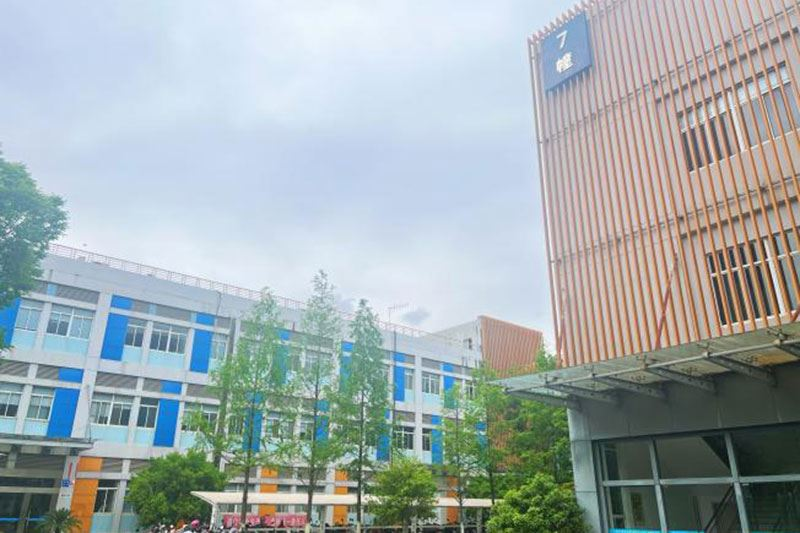The Art and Precision of Fiber Optic Connectors

Introduction
Fiber optic connectors are the delicate gatekeepers of modern high-speed communication. Hidden behind network racks and patch panels, these precision devices marry ultrathin glass fibers with transceivers, ensuring that every photon carries data across continents and under oceans with minimal loss. In an era when gigabit, terabit, and even petabit speeds are no longer science fiction, the humble fiber connector plays an outsized role in determining system performance, reliability, and scalability.
1. Fundamental Principles
At its core, a fiber optic connector must achieve two critical goals: precise alignment of fiber cores and protection of the glass endfaces. Unlike copper connectors that merely press metal pins together, fiber connectors guide light—an unforgiving medium that scatters or reflects at even minute imperfections. Key design elements include:
- Ferrule: A tiny, cylindrical sleeve—usually made of ceramic, stainless steel, or plastic—that holds the fiber in exact alignment. The ferrule’s internal bore matches the fiber’s cladding diameter, centering the glass core within micrometer tolerances.
- Connector Body and Housing: Surrounds the ferrule, providing mechanical support, strain relief, and environmental sealing. Common materials include polymer composites and lightweight metal alloys.
- Mating Interface: The point where two connectors meet. High-precision endface geometry—flat, angled (APC), or ultra-polished (UPC)—minimizes back-reflection and insertion loss.
- Boot and Strain Relief: Prevents fiber bending or tugging at the ferrule junction, preserving optical integrity over repeated handling.
Together, these components ensure that light traveling at speeds approaching 200,000 kilometers per second encounters a seamless transition from one fiber to the next.
2. Common Connector Types
Over decades of standardization, numerous connector families emerged, each with its own strengths:
- SC (Subscriber Connector): A push-pull plastic body with a 2.5 mm ferrule. Renowned for low cost and quick mating, SC connectors dominate telecom and cable-TV head-ends.
- LC (Lucent Connector): Essentially a miniaturized SC with a 1.25 mm ferrule, LC doubles port density on rack panels. It has become the de facto standard in data centers.
- ST (Straight Tip): A bayonet-style metal body gripping a 2.5 mm ferrule. Once ubiquitous in campus and enterprise networks, ST connectors now yield to push-pull designs.
- FC (Ferrule Connector): A threaded metal housing offering robust vibration resistance. Ideal for test equipment and military applications, FC connectors pair ceramic ferrules with precision threads.
- MTP/MPO (Multifiber Push-On/Pull-Off): High-density arrays that pack 12–24 fibers into a single rectangular ferrule. Essential for parallel optics and ribbon cables in hyperscale data centers.
- E2000 and MU: Smaller form-factor connectors that balance high performance with ease of handling, often used in telecom central offices.
Each type brings trade-offs in insertion loss, return loss, mechanical durability, and panel density. The choice depends on application requirements: whether maximum density in a 1 U switch, ultra-low back-reflection in a DWDM system, or ruggedness in field instrumentation.
3. Key Performance Metrics
Two optical parameters govern connector quality:
- Insertion Loss (IL): The amount of optical power lost when light traverses the mated pair. Industry targets range from 0.1 dB per connection for UPC connectors to 0.3 dB for APC.
- Return Loss (RL) / Back-Reflection: The ratio of light reflected back toward the source. Especially critical in analog systems and high-bit-rate links, APC connectors—with an 8° endface angle—achieve RL better than 60 dB, while UPC typically yields 45 dB.
Mechanical specifications also matter:
- Mating Durability: Number of connect/disconnect cycles before performance degrades. Quality connectors endure thousands of cycles with minimal IL change.
- Environmental Resistance: Compliance with IEC 61300 tests for temperature, humidity, vibration, and dust ingress ensures reliable field operation.
- Mechanical Return Loss: Vibration and shock tests confirm that ferrules remain aligned under stress.
4. Installation and Maintenance
Even the finest connector can falter if mishandled. Best practices include:
- Cleaning: Dust and oils introduce scattering sites. Specialized lint-free wipes and alcohol or commercial cleaning pens are mandatory before every mating.
- Polishing: Factory-polished connectors should not require re-polish in the field. If polishing is needed, technicians use graded films and controlled jigs to restore endface geometry.
- Inspection: Fiber microscopes with over 200× magnification verify endface condition against IEC 61300-3-35 standards, ensuring scratches or pits fall below acceptable thresholds.
- Cable Management: Proper bend radii—typically 30 mm for singlemode and 10 mm for multimode—prevent microbending losses. Strain relief boots anchor the cable to avoid mechanical fatigue.
Neglect any of these steps, and insertion loss can spike by 1 dB or more, equivalent to removing half your link budget.
5. Specialized Variants
As applications diversify, connector innovation follows:
- Expanded Beam Connectors: Use a lens system to magnify and collimate light beams, then refocus them on the receiving fiber. While insertion loss is slightly higher (0.5 – 1 dB), expanded beam connectors tolerate dust and misalignment, making them ideal for harsh environments—subsea, military, and broadcast OB vans.
- Underwater and Subsea Connectors: Equipped with pressure-compensating oil cavities and rugged silicone boots, these connectors maintain optical continuity at depths exceeding 6,000 meters, supporting subsea sensors and ROVs.
- Hybrid Connectors: Combine fiber, power, and data contacts in a single housing. For example, in medical endoscopes, a single hybrid connector can manage illumination fibers, video fibers, and control signals.
- Active Optical Cables (AOC): Integrate transceivers within the connector shell, converting electrical signals to optical and back. AOCs reduce weight and EMI but require careful thermal management.
6. Challenges and Solutions
Fiber optic connectors face ongoing hurdles:
- Alignment Precision: As core diameters shrink to under 8 µm in advanced singlemode fibers, ferrule tolerances tighten. Manufacturers employ diamond-turning and laser drilling to achieve sub-1 µm concentricity.
- Contamination Control: Airborne particles as small as 1 µm can degrade performance. Clean-room assembly and field-cleaning protocols aim to keep endfaces pristine.
- High-Density Routing: MPO trunks offer massive bandwidth but suffer from fiber-pair mismatches. Automated polarity testers and polarity-preserving cassette modules mitigate mapping errors.
- Aging and Wear: Repeated mating can chip ceramic ferrules or deform polymer sleeves. New materials like liquid crystal polymers and reinforced zirconia address longevity.
7. The Future of Fiber Connectors
Looking ahead, several trends will shape connector evolution:
- Micro-Connector Formats: Sub-1 mm ferrules and push-pull latches enable ultracompact modules for photonic integrated circuits (PICs) and consumer optical networking.
- Smart Connectors: Embedded microchips could monitor temperature, insertion count, and optical performance, feeding data to network management platforms for predictive maintenance.
- 3D-Printed Ferrules: Advanced additive manufacturing may allow custom ferrule geometries tailored to novel fiber types—hollow-core, multicore, or few-mode fibers—unlocking new communication paradigms.
- Environmental Sustainability: Bio-based polymers and lead-free ceramics will reduce the ecological footprint of connector manufacturing and disposal.
- Higher Data Rates: As systems push toward 800 Gb/s and beyond per wavelength, connectors must preserve signal fidelity at higher frequencies, demanding even stricter control of geometry and reflection.
Conclusion
Fiber optic connectors may seem like passive, interchangeable parts, but they are, in fact, precision instruments honed by decades of materials science, mechanical design, and optical theory. Whether linking continents via undersea cables or enabling the lightning-fast backbone of your local data center, these connectors determine how effectively light carries our information. As networks scale to ever-higher speeds and densities, the art and engineering of fiber connectors will continue to advance—silently guiding photons on their ceaseless journey through glass.




